What is it?
Artificial Life (ALife, a-life, Alife) is a very broad field that intersects with many other fields, including biology, chemistry, computer science, engineering, art, philosophy, astronomy, and more. Because of this, it is difficult to pin down an exact definition, but you can generally think of it as anything that examines the properties and dynamics of life, regardless of substrate.
For a high-level video overview of what the field, see this (somewhat impromptu) talk by Emily Dolson at the 2021 ISAL Summer School:
For a more philosophical introduction with some great computational demos, see video talk by David Ackley (which is also included in the above video, with some added discussion):
Categories
There are four main categories of artificial life:
- Wet Artificial Life – using chemicals and organic building blocks to create life-like systems in the real world and study their dynamics.
- Soft Artificial Life – using software in a computer to create life-like systems and study their dynamics.
- Hard Artificial Life – using hardware to create life-life systems in the real world and study their dynamics. This is usually with robotics of some kind.
- Artificial Life in Art – using artificial life systems to create art and using art to examine the properties of and assumptions about life-like systems.
Wet Artificial Life
The following subfields and systems generally fall under wet alife:
- Synthetic biology
- Synthetic chemistry
- Droplets
- Xenobots
Soft Artificial Life
The following subfields and systems generally fall under soft alife:
- Artificial Chemistries
- Evolutionary computation
- Complex adaptive systems
- Artificial ecologies
- ALife in social science
- ALife for social good
- Neural networks
- Cellular automata
- Digital evolution
- Geb
- Stringmol
- Avida
- Symbulation
- Tierra
- Cosmos
- Aevol
- Chromaria
- MABE
- Boids
- Lenia
- The Bibites
- Physicell
- Dishtiny
Hard Artificial Life
The following subfields and systems generally fall under hard alife:
- Evolutionary robotics
- Cognitive robotics
- Florarobotica
